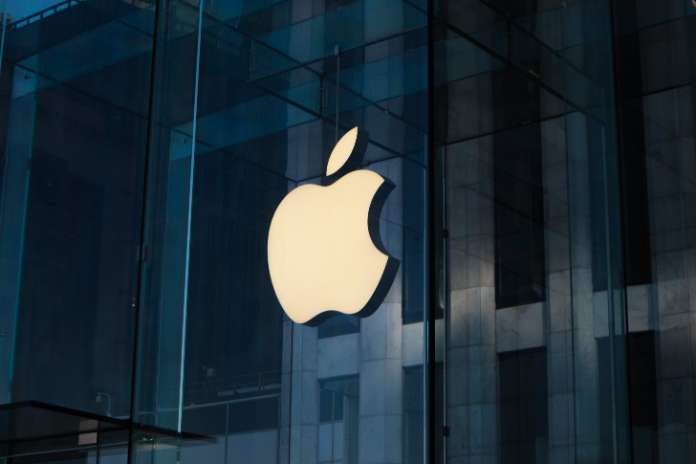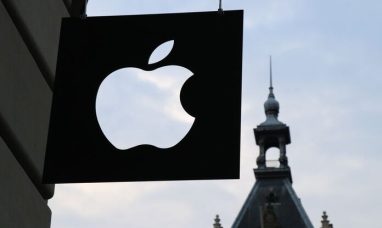Apple (NASDAQ:AAPL) has been a hot topic lately, thanks to the buzz surrounding its iPhone 16, powered by “Apple Intelligence.” This new AI-enhanced feature set promises advanced capabilities, although its rollout has been gradual. Recent mixed reviews from analysts following Apple stock suggest a split view on Apple’s near-term growth. For instance, while Bank of America praises the surge in App Store revenue due to entertainment apps like YouTube and TikTok, JPMorgan has lowered its iPhone 16 unit estimates for the December quarter, citing “muted consumer demand.”
Despite these concerns, many analysts remain optimistic about Apple stock’s long-term potential, even amidst uncertainty surrounding the iPhone 16 launch. Below, we’ll dive deeper into what’s driving AAPL’s stock performance and the company’s growth prospects.
Apple Stock at a Glance: Industry Leader with Strong Returns
Apple remains the world’s largest tech company, surpassing peers like Microsoft (NASDAQ:MSFT) and NVIDIA (NASDAQ:NVDA) with a market cap of around $3.47 trillion. Known for innovation, Apple has delivered exceptional shareholder value, outpacing the S&P 500 index with a return of 740% over the past decade, compared to the broader market’s 185%.
Currently, AAPL stock is trading just 5% shy of its all-time high of $237.23. Over the past 52 weeks, the stock has advanced about 27%, supported by strong fundamentals and a loyal customer base. Apple also offers a 0.44% dividend yield and has initiated a $110 billion buyback program. Its valuation stands at 33.9x forward price-to-earnings (P/E) and 8.83x forward price-to-sales (P/S) — a premium relative to its sector, but in line with peers like Microsoft and NVIDIA.
The iPhone 16: Expectations and Challenges
The launch of Apple’s iPhone 16 in September attracted attention for its AI capabilities, such as photo editing and text summarization. However, the gradual rollout of “Apple Intelligence” seems to have slowed initial demand. Early sales reports showed 37 million units sold in the first week of pre-sales, marking a 12% decline from the iPhone 15’s release last year.
Despite these headwinds, T-Mobile (NASDAQ:TMUS) CEO Mike Sievert noted that consumers are “buying up the food chain,” preferring higher-end models, which could bode well for future profitability. Even though some analysts believe that the delay of AI features contributed to the slower start, the anticipated demand surge for these capabilities could eventually propel sales.
AAPL’s Strong Profitability and Financial Health
Apple’s financial performance continues to shine, with fiscal Q3 revenue of $85.8 billion, representing a 5% year-over-year increase. Despite a slight decline in iPhone sales, Apple’s Services segment, which includes offerings like the App Store, Apple TV+, and iCloud, rose 14%, accounting for 22% of total sales with an impressive 74% gross margin. Overall, Apple maintains a net profit margin of 25%, demonstrating solid financial efficiency.
The company reported a GAAP profit of $1.40 per share for Q3, surpassing expectations by 6 cents, while generating $26.7 billion in adjusted free cash flow. This strong liquidity allows Apple to strategically invest in growth, reward shareholders, and weather market uncertainties. Looking ahead, Wall Street forecasts fiscal-year revenue of $390.51 billion, with earnings per share (EPS) anticipated at $6.70.
Analysts’ Views on Apple Stock Forecast
Earlier today, Jefferies analyst Edison Lee downgraded AAPL from a “Buy” to a “Hold,” highlighting concerns that the iPhone 16 may fall short of expectations. Despite his cautious view, Lee emphasized that Apple Intelligence remains a valuable long-term asset, with the potential to offer low-cost, personalized AI services. However, he predicts that significant AI hardware advancements won’t occur until around 2026 or 2027. Lee’s price target for AAPL is $205, approximately 8.5% below its current level.
Overall, analysts have a moderately bullish stance on AAPL. Out of 31 analysts covering the stock, 18 rate it as a “Strong Buy,” 4 as a “Moderate Buy,” 8 recommend a “Hold,” and only 1 suggests a “Strong Sell.” The average price target is $246.11, representing a potential upside of around 10%.
The Bottom Line: Apple Stock Remains a Strong Contender
Despite concerns around the iPhone 16 launch, Apple remains a solid investment, supported by robust financials and a compelling services ecosystem. The full rollout of Apple Intelligence could become a significant catalyst, potentially boosting sales and stock performance in the months ahead. More importantly, Apple’s diversified revenue streams and focus on customer loyalty position it well for continued growth.
Apple’s stock forecast appears positive, making it an appealing option for long-term investors.
Featured Image: Unsplash © Laurenz Heymann









